Perkins&Will Vancouver has won in the Commitment to Circularity category at the 2025 Carbon Leadership Forum in British Columbia (CLF BC) Embodied Carbon Awards.
The award is for “exceptional initiatives and projects that embrace and tangibly advance circularity or circular concepts within the B.C. building sector.”
“We’re very excited to win the award,” says Amy Brander, Perkins&Will regenerative design adviser. “We think the design of our new studio really exemplifies how the construction industry can reuse and repurpose materials and products to reduce embodied carbon.”
Stephanie Dalo, CLF BC program manager, says 135 people attended the soldout event, which took place at the end of May at the Ventura Room, a downtown Vancouver cocktail bar.
Embodied carbon refers to the total greenhouse gas (GHG) emissions associated with a building product’s life cycle, from raw material extraction to disposal. This includes emissions from manufacturing, transportation and construction.
Circular design and construction reduces embodied carbon by minimizing the environmental impact of building materials during their lifecycle.
Circular design reuses materials and recycles and uses low-carbon and sustainably-sourced materials.
Circularity also promotes the building of adaptable structures that can be easily taken apart and put back together again in a different configuration.
Circular design and construction are very much at home in Vancouver, where the trend to densification has led to an increasing number of demolitions of older housing.
Circularity Vancouver-style involves deconstructing single-family homes so their building materials can be reclaimed and used to construct new buildings, instead of being trucked off to the landfill.
In the Lower Mainland there are a number of organizations that do innovative work in circular design and construction.
Green building consultancy Light House says its approach to a circular built environment is based on three principles:
- Eliminating waste by designing it out through upstream interventions;
- optimizing materials and resources by extending the life of buildings and products and recapturing value at end-of-life; and
- regenerating natural systems by emphasizing renewable energy and materials.
“The purpose of circular innovation is to transform the current, linear economy by reusing materials to their highest and best use,” says Gil Yaron, managing director of circular innovation at Light House. “As much as possible the process is hands-on, without using machinery.”
Light House and the other Vancouver supporters of circularity want to build a large, comprehensive and permanent circular infrastructure in the Lower Mainland.
“Materials like wood, metal, drywall, glass and shingles can be reused,” said Yaron. “What cannot be reused are materials that are composites and can’t be pulled apart.”
Yaron says because there are already metal and drywall recyclers in the Lower Mainland, what the region needs is more people with the know-how to deconstruct buildings and process their materials.
Light House runs a number of programs, one of which is the Circulation Construction Accelerator (CCA).
It enables businesses to navigate changing local government regulations, uncertain economic conditions and carbon emissions reduction requirements by connecting them with one-on-one support from expert advisers.
One of the participants in the CCA program is VEMA Deconstruction.
Erick Serpas Ventura, VEMA’s founder and CEO, says deconstruction is the backbone of sustainability.
“We remove building materials and ‘up-cycle’ them by donating them to organizations such as Habitat for Humanity,” says Ventura. “And the owner of the deconstructed building receives a tax credit.”
Ventura says VEMA has a recycle rate of 95 per cent.
“That’s because we don’t take anything that contains lead paint, because it can’t be recycled,” he says.
VEMA has ambitions.
For starters, it is working with the National Lumber Grading Association on research into the grading of reclaimed lumber.
In addition, VEMA is teaming up with Kiwi Innovations CPM Inc., a local company that makes prefab houses, to look for a way to use reclaimed lumber to make pre-fab wooden panels.
And it is partnering with StructureCraft to find a way to economically use reclaimed lumber to make dowel-laminated timber (DLT).
Hannah Clark, a StructureCraft structural engineer, says the success of the DLT manufacturing process depends on the quality of the lumber that’s put into the production line at the company’s Abbotsford, B.C. plant.
“Our production line can’t accept reclaimed lumber with nails and metal in it, which would hurt the DLT machinery,” says Clark. “We’re working with a company in California that uses AI to remove nails from reclaimed lumber.”


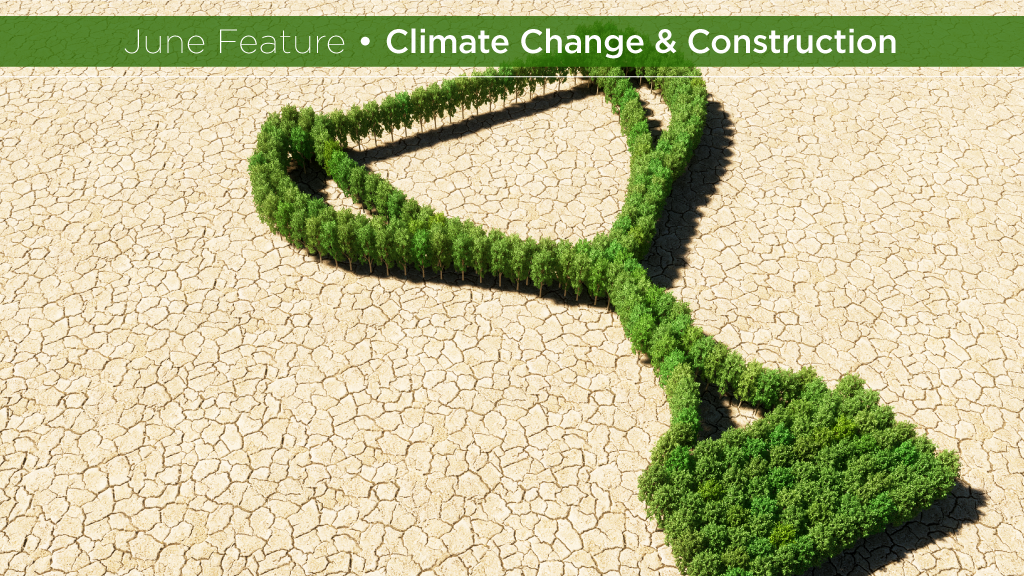

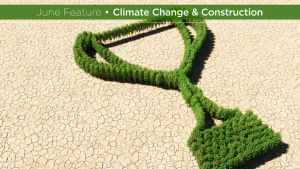
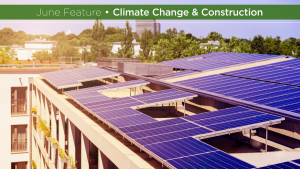
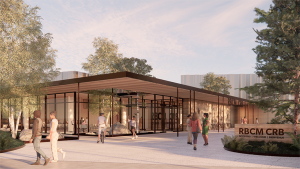
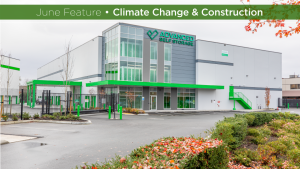
Recent Comments
comments for this post are closed